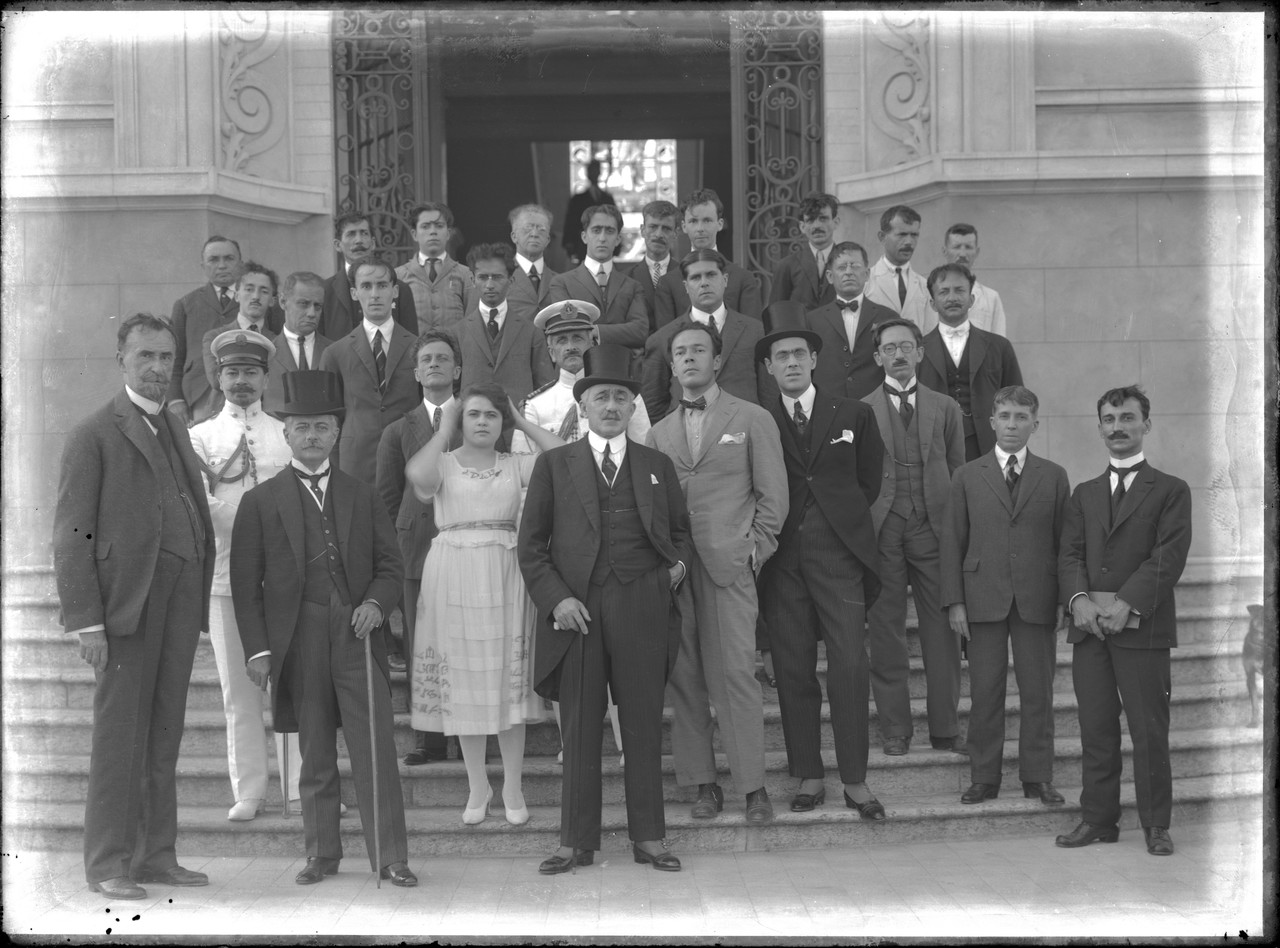
Daily life and photographic experiences
The plates were used to record the day to day routine of the population, their habits and customs. People, monuments, events, nature, weather conditions and other aspects. This set has 94 photographic plates.
This project aims the preservation of the Observatório Nacional memory expressed in the historical and scientific collection of 948 photographic glass plates, taken during the period between 1885 to 1986.
These plates are a result of more than 100 years of observations and records in glass plates carried out on the Observatório Nacional campus and during the national and international expeditions and explorations they were enhanced and scanned. These images, which are the main result of this long project, may now be visualized by the entire society.
This valuable collection contains images of total and partial eclipses of the Sun and of the Moon, planets, star fields and clusters, comets, asteroids as well as old scientific instruments , domes and buildings, and seismograms and magnetograms. Also, we find the daily life of scientific expeditions, recorded by Henrique Morize (1860-1930), an important director in the Observatório Nacional´s history.

The plates were used to record the day to day routine of the population, their habits and customs. People, monuments, events, nature, weather conditions and other aspects. This set has 94 photographic plates.
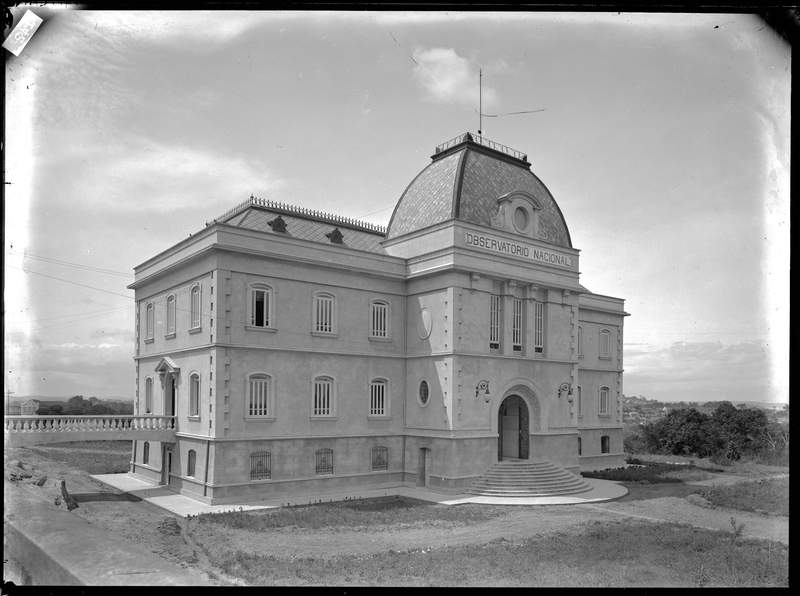
This set of 24 images shows the main buildings and domes that compose the collection of the Observatório Nacional, such as the Morro do Castelo and the Morro de São Januário facilities, where the Observatório Nacional was permanently established in 1922.
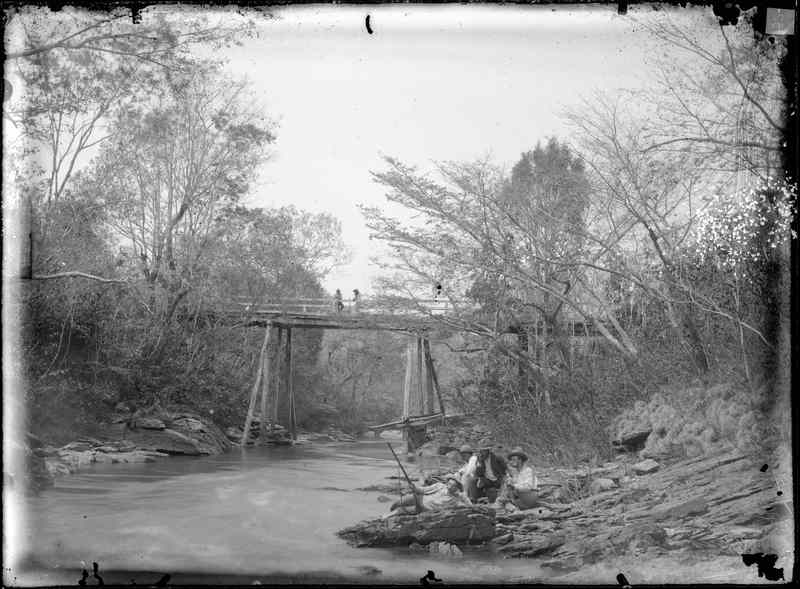
In this subject are registered 9 photographic plates that portray how the daily life of the expedition of the exploratory Commission of the central plateau of Brazil was, instituted in 1892 with the purpose of precisely determining the area where the future Brazilian capital would be built in 1960.
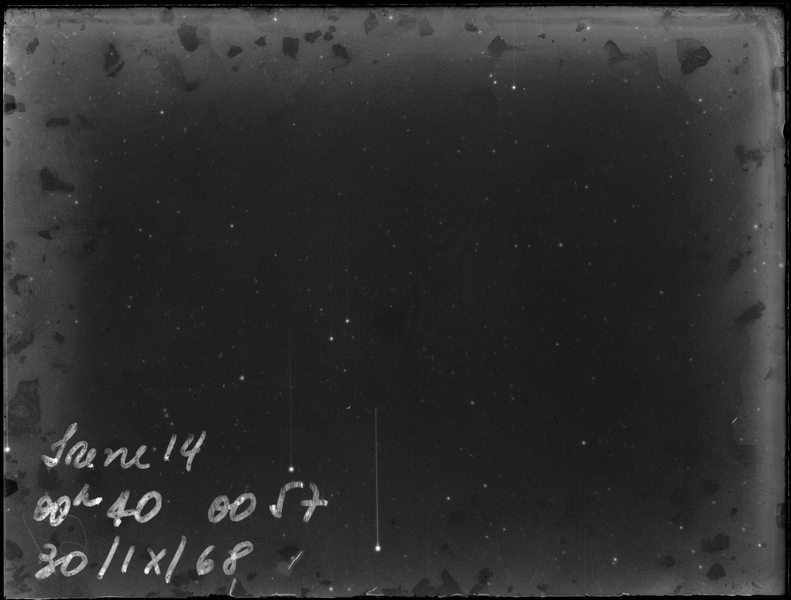
Set composed of 11 photographic plates with dimensions of 12cm x 9cm that depict the observations of a group of asteroids which was carried out in the dome that houses the 46 cm equatorial telescope of 46cm, located on the campus of the Observatório Nacional campus.
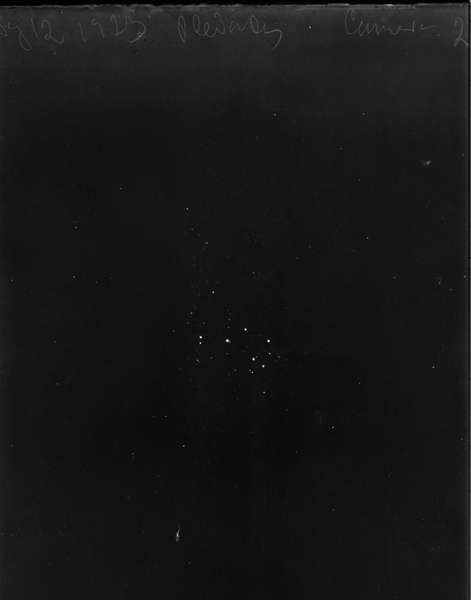
72 photographic plates containing star fields and clusters were digitalized. The plates were made with two astrophotography cameras coupled to the main tube of the equatorial telescope with objective lens aperture of 46cm.
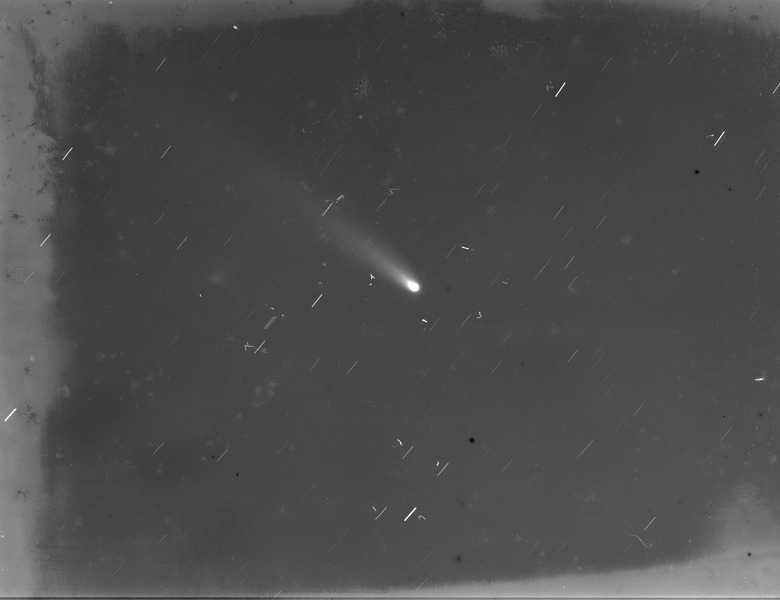
In this subject 50 images of photographic plates were registered, containing observations of the comets observed in the 32cm and 46cm equatorial lunettes of the Observatório Nacional.
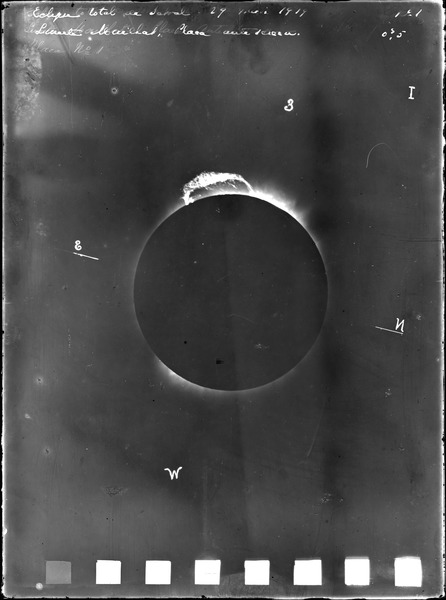
In this set, 361 photographic plates were digitalized, containing observations of total and partial eclipses of the Sun and of the Moon, as well as images of the daily routine associated with this phenomenon. Thus, there are 323 images of eclipses and 38 images depicting the everyday life.
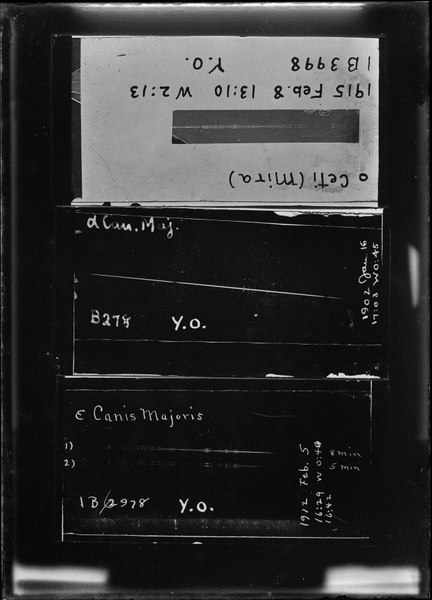
This is a set of 29 photographic plates, observed with the Zeiss Photoheliograph installed on the Observatório Nacional campus. This telescope was used to perform observations of the Solar spectrum and spectra of other stars and planets.
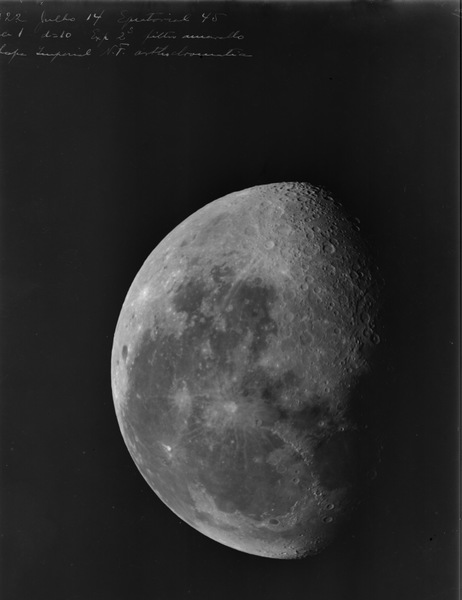
40 photographic plates were digitalized, containing observations of the Moon. In order to decrease the great luminosity of our natural satellite over the lens, the telescope was diaphragmed to the maximum. Most of the Moon plates were made at the time of installation of the 46cm equatorial telescope, on February 16, 1922.
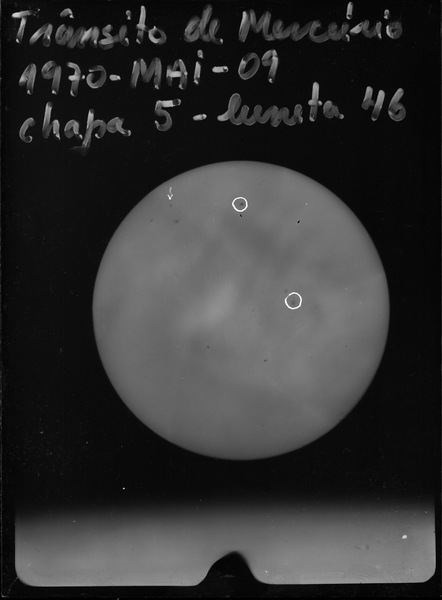
Set composed by 89 photographic plates with observations of planets, sunspots, transit of the planet Mercury through the solar disk and conjunctions between Mars and Jupiter.
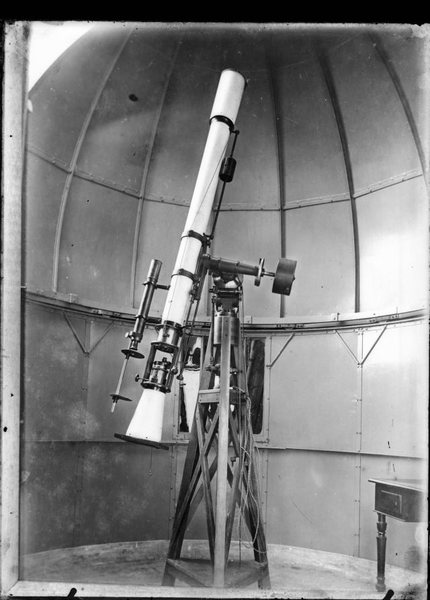
In this set, 41 photographic plates were digitalized, containing several instruments of astronomy, geophysics and for measurement of time intervals and distribution of time signals. They are meteorological stations, seismographs, tide forecaster, pendulums, radio telegraphy equipment and the largest refracting telescope of Brazil, the 46cm one.
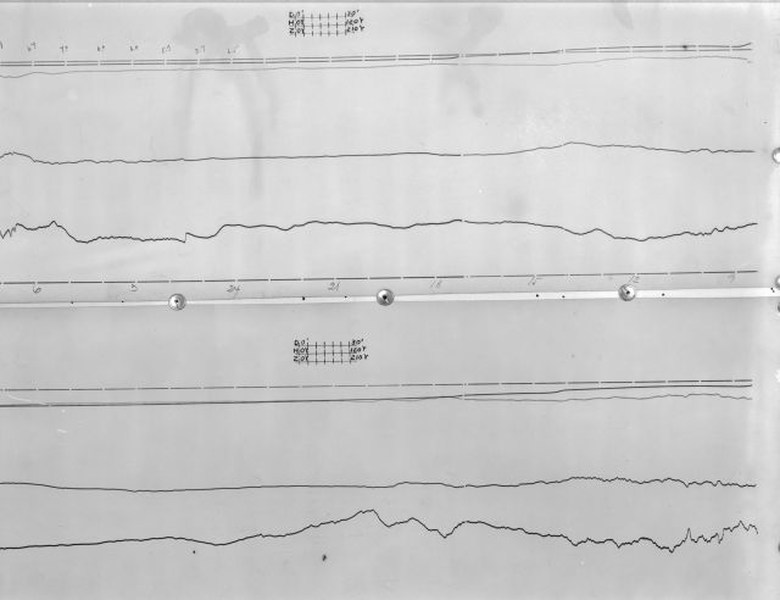
This subject presents 125 images of glass photographic plates containing records of seismograms, magnetograms, scale of magnetic declination, scale to identify spots on the surface of the Sun and schemes of functioning of pendulums.
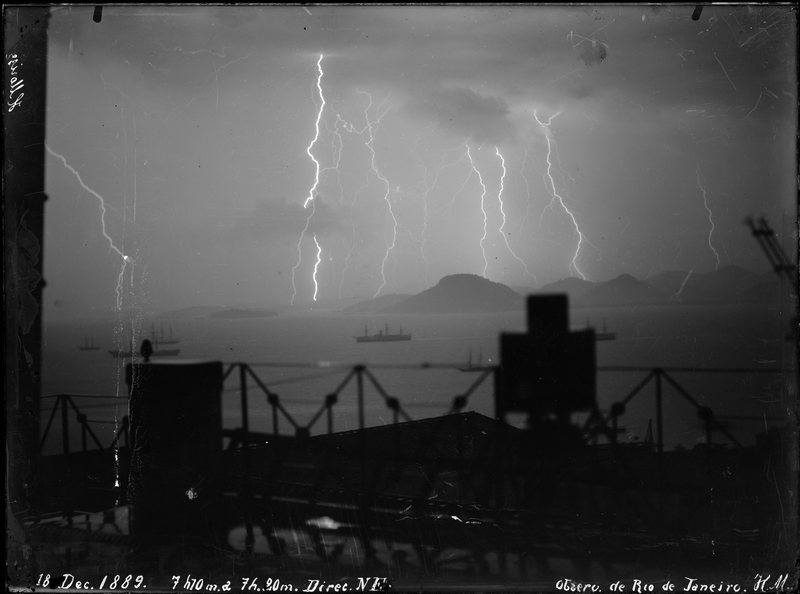
In this collection there is a set with only 3 glass plates that depict how the first photographic records of lightning storms were made in Brazil between 1885 and 1890. Henrique Morize made his first observation on November 9, 1885, at 8 pm.
